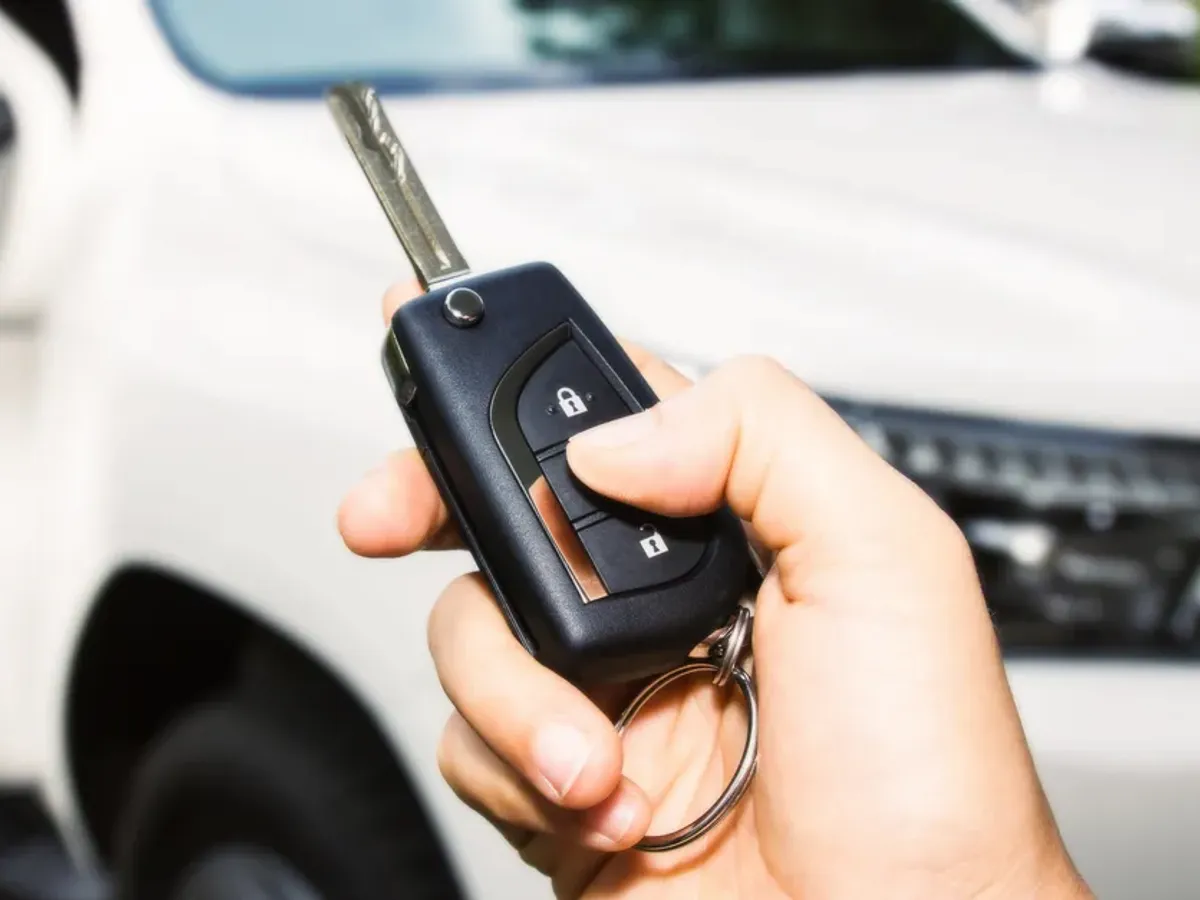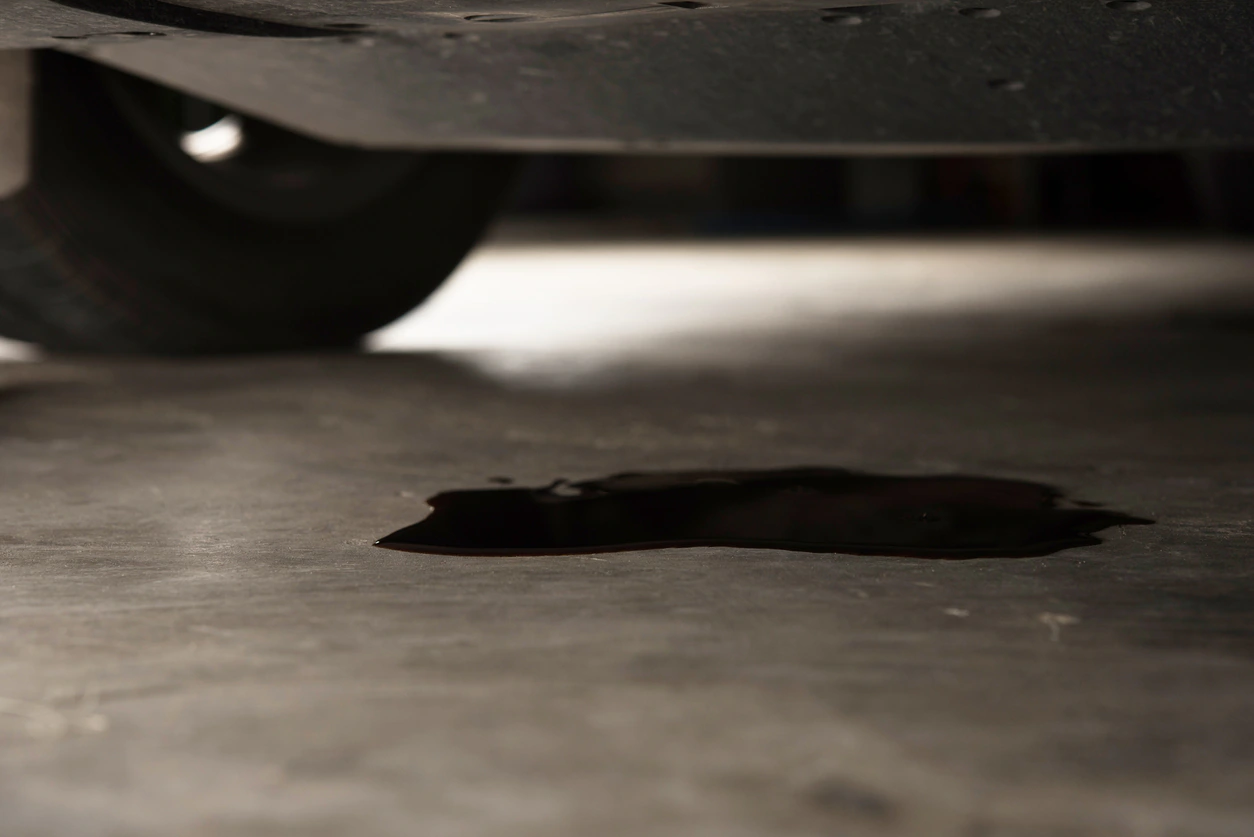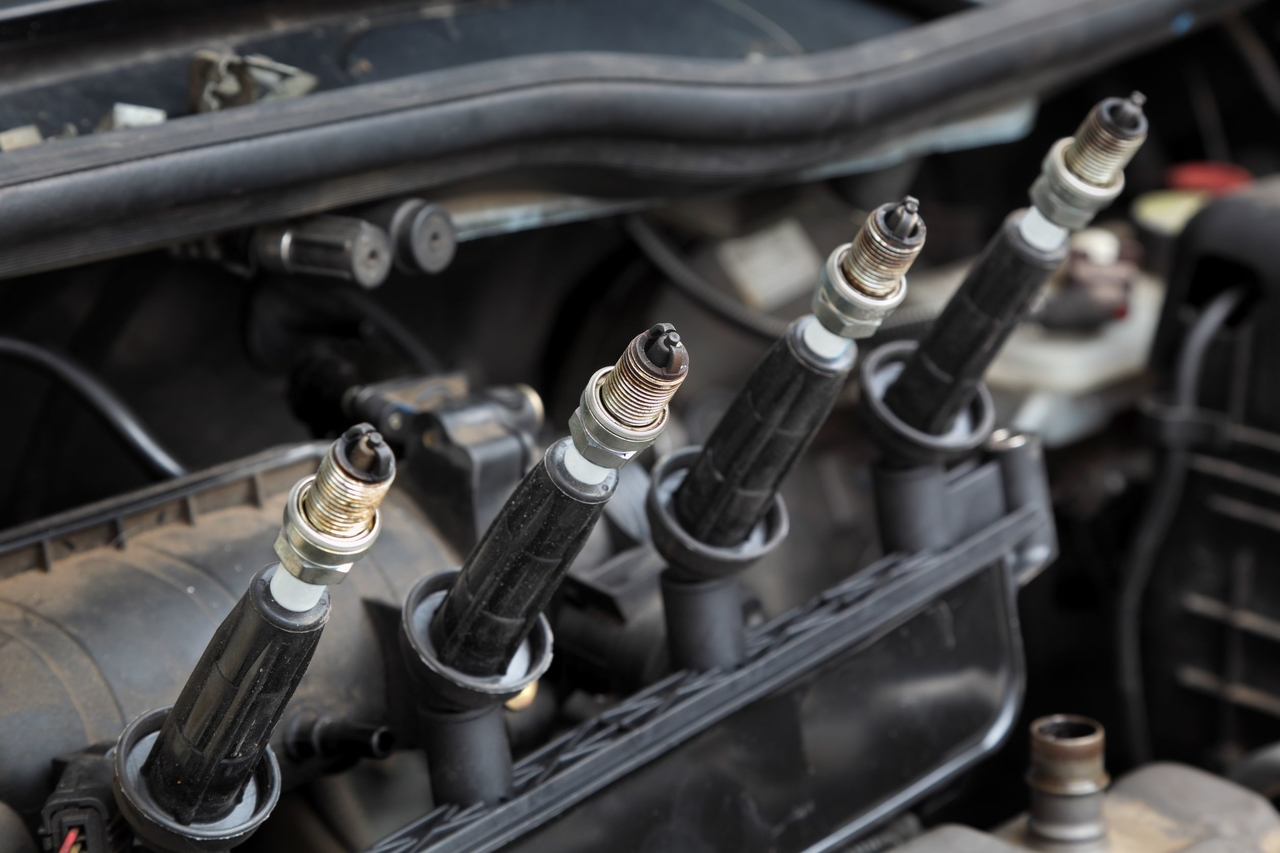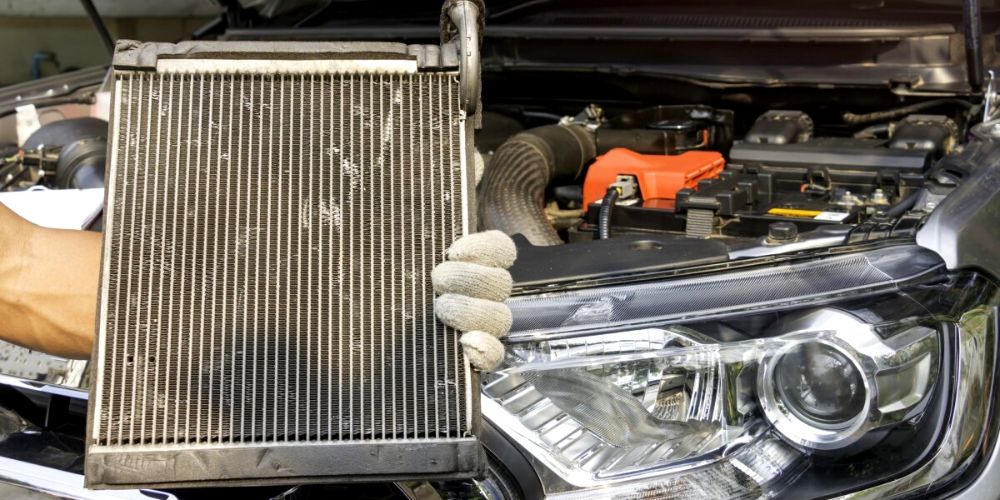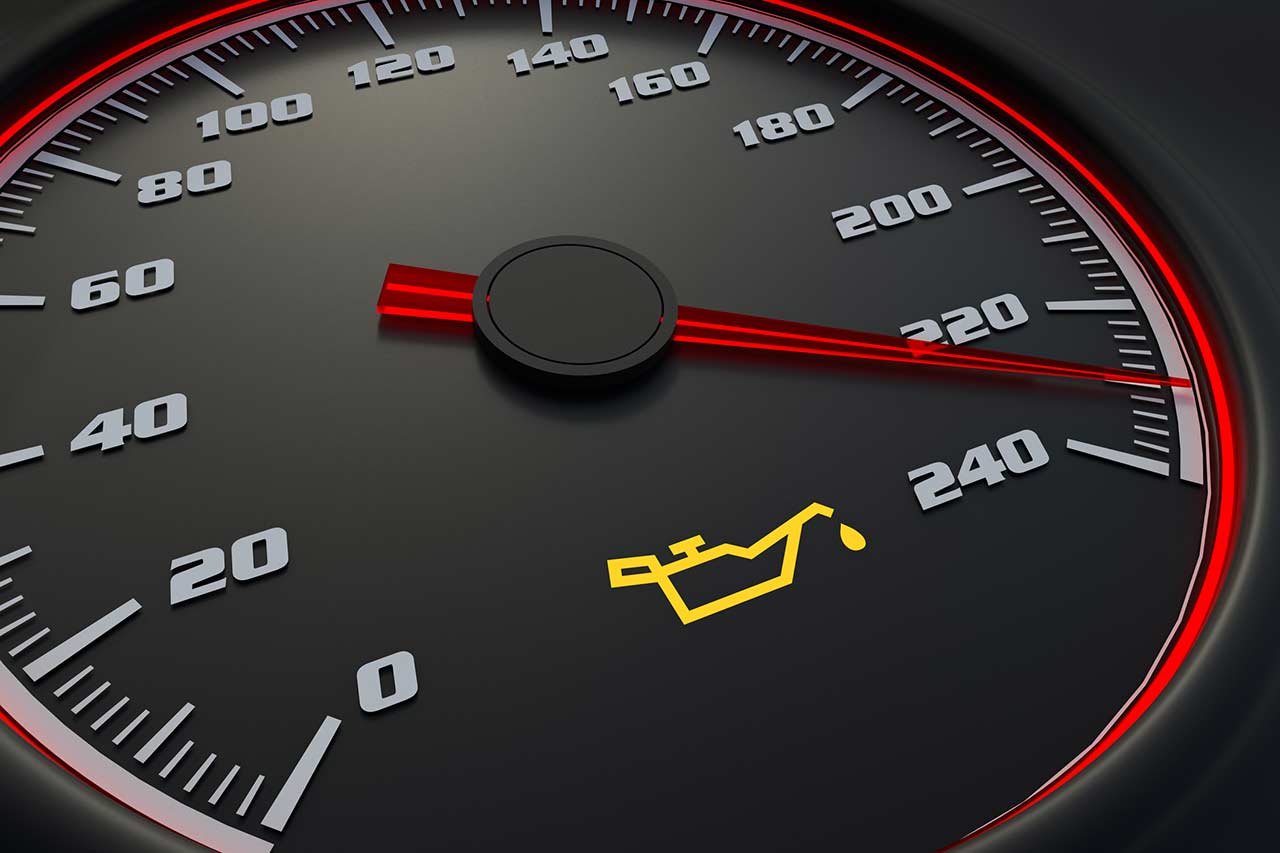According to a study by the National Insurance Crime Bureau, vehicle thefts between 2021 and 2022 increased by a whopping 7 percent — more than one million vehicles, with a combined estimated value of $8.9 billion, were stolen last year alone.
Sadly, most of the vehicle thefts would have been prevented had drivers followed five simple steps:
1. Lock your doors
As unbelievable as it may sound, most vehicle break-ins occur when owners leave their vehicles unlocked — thieves walk up to the vehicle and open the door with any resistance. Not only do the burglars get easy access inside the vehicle, but they also have unlimited time to work and zero worries about passers-by noticing as the vehicle’s anti-theft alarm is not activated. Simply locking all the vehicle’s doors is the best way to prevent vehicle theft — it’s the first and most effective line of defense.
2. Remove the keys and close the windows
Before you shut off your vehicle, take a brief moment to close all of the windows. An open window is an invitation for a thief to reach in and unlock the door from the inside. Even a small gap, as narrow as an inch, gives professionals plenty of space to insert a tool to open the door in seconds. Roll the windows up each time your park. And don’t ever leave keys in the vehicle — put them in your pocket or purse and take them with you.
3. Park in a well-lit and visible location
Bad guys prefer to do their work in secrecy, without anyone observing them. Park your vehicle in a well-lit location free of shadows or big trees that may obstruct the view. Also, consider parking on a main street instead of behind a building, as the patrons in a crowded restaurant — dozens of additional eyes — may make a car thief uncomfortable. While parking at the extreme end of the parking lot around a hidden will keep your vehicle free of door dings, it makes theft much easier — park where your vehicle is seen.
4. Don’t leave valuables in view
Make your vehicle less attractive to thieves by keeping valuables out of view. Never leave mobile phones, other electronics (e.g., iPad), keys, or packages in plain view. Most experts suggest that these items are carried with you or locked out of sight in the truck. Hatchbacks, which don’t have separate trunks, will have cargo covers — make sure to use them. If your vehicle doesn’t have an opaque solid cover, improvise — use a large blanket or towel to cover items such as suitcases or bags.
5. Use anti-theft devices, alarms, and tracking devices
Car thieves are lazy. Make their job challenging or risky, and they will move to a more accessible or less risky target. Steering wheel locks, essentially strong steel bars that lock between the steering wheel’s spokes, make it impossible for the thief to drive the vehicle — they are inexpensive (most are about $50) and a very visible deterrent. Alarms, which trigger a loud siren when a car is entered forcefully, will cause most criminals to quit and run. And suppose a criminal manages to drive your vehicle away. In that case, GPS- and Bluetooth-based tracking devices (e.g., LoJack and Apple AirTags) are very effective in discreetly tracking your fleeing vehicle and alerting authorities to its position.



